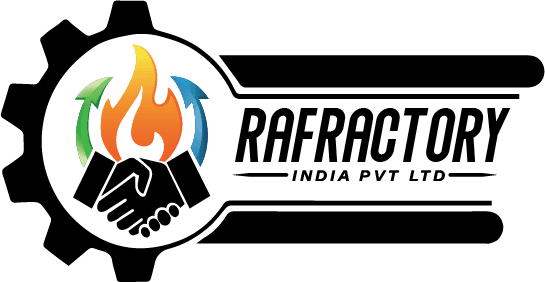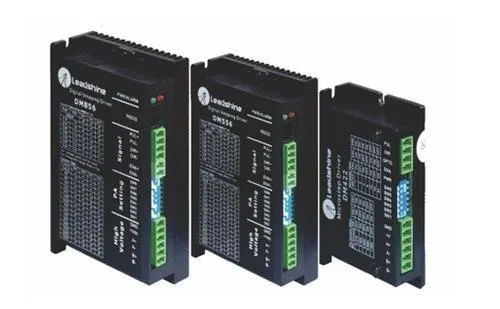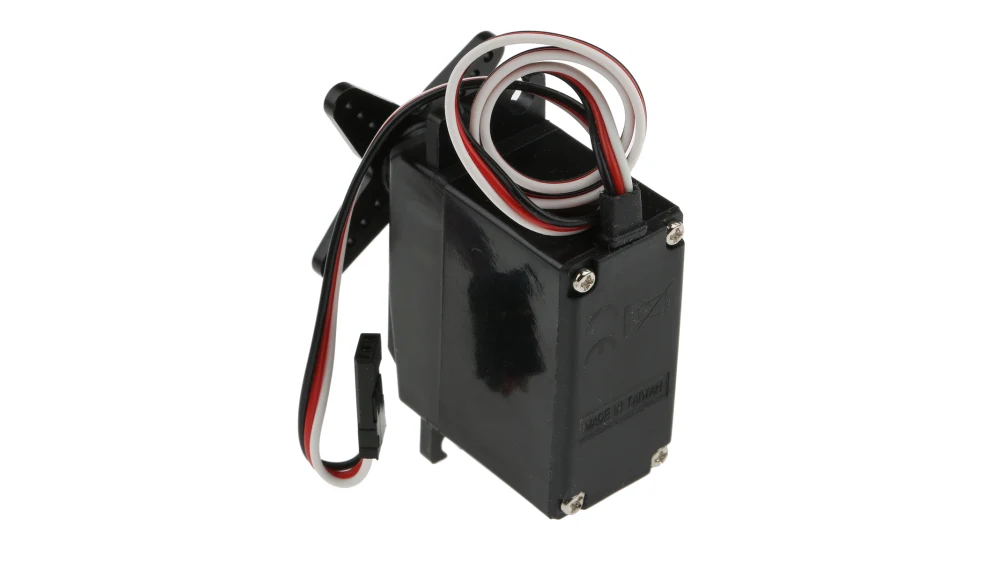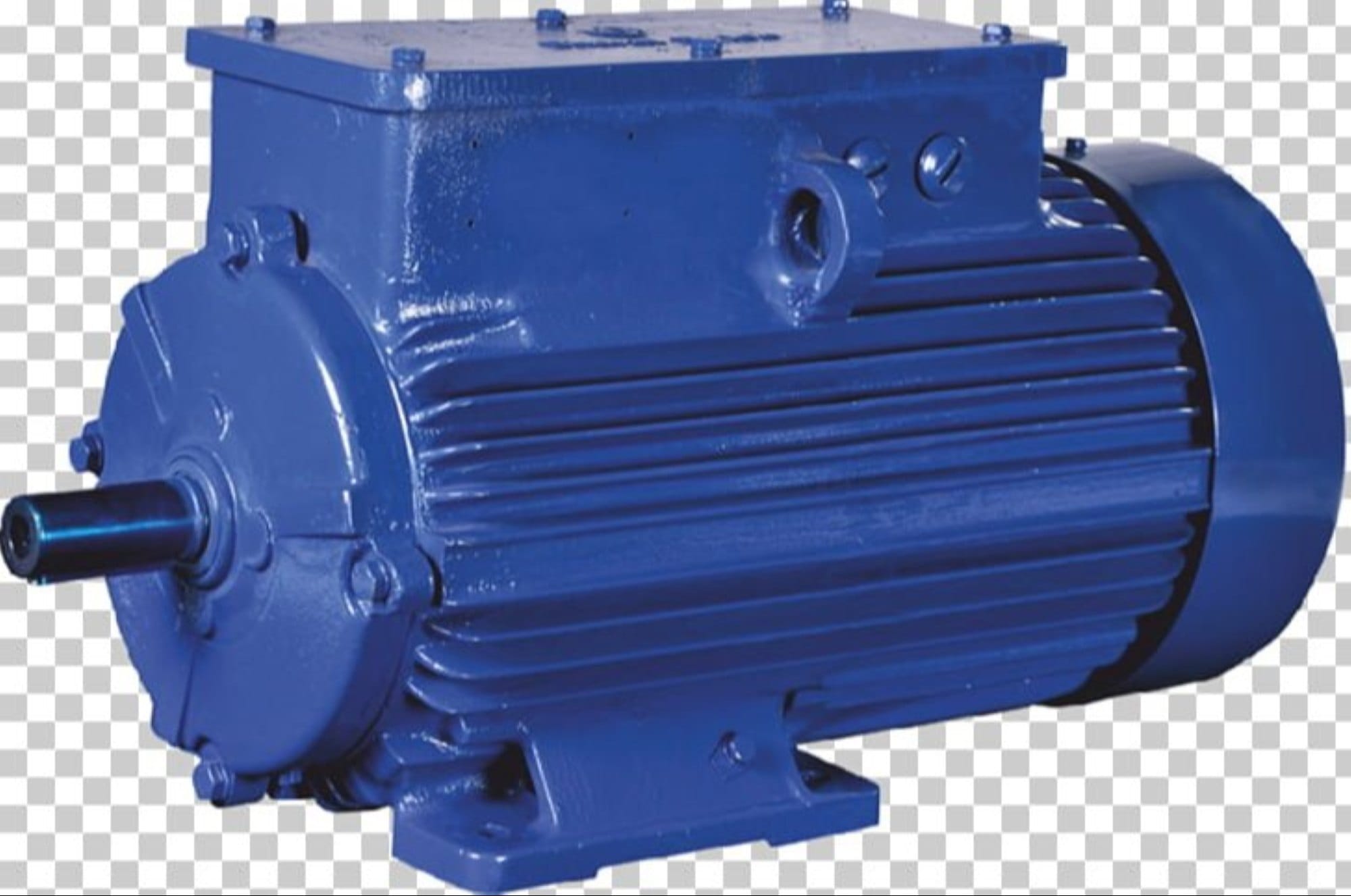All short of Pannel related spares
Panel-related spares are critical components used across industries to ensure the seamless operation of electrical, control, and automation systems. These spares are essential for maintaining panel functionality, minimizing downtime, and ensuring the safety and reliability of industrial operations. Below is an overview of the various types of panel-related spares and their significance.
- Purpose: Controls the speed and torque of AC motors by varying input frequency and voltage.
- Applications:
- Pumps, fans, conveyors, and compressors.
- HVAC systems and industrial machinery.
- Features:
- Energy-efficient motor control.
- Smooth acceleration and deceleration.
- Built-in fault diagnostics for improved reliability.
Servo Drives
- Purpose: Provides precise motion control in servo motor applications.
- Applications:
- Robotics, CNC machines, and packaging systems.
- Applications requiring high precision and speed.
- Features:
- High accuracy with feedback control.
- Compact and modular designs.
- Real-time response for dynamic loads.
Soft Starters
- Purpose: Smoothly starts and stops motors by controlling voltage during startup.
- Applications:
- Pumps, compressors, and fans.
- Conveyor belts and material handling systems.
- Features:
- Reduces inrush current and mechanical stress.
- Compact and cost-effective design.
- Prolongs motor life and system stability.
DC Drives
- Purpose: Controls the speed and torque of DC motors by regulating input voltage and current.
- Applications:
- Rolling mills, paper mills, and cranes.
- Applications requiring precise speed regulation.
- Features:
- Simple operation and maintenance.
- High starting torque capability.
- Efficient for low-speed applications.
AC Drives
- Purpose: Manages speed and torque of AC motors, primarily induction motors.
- Applications:
- Industrial automation, pumps, and fans.
- Conveyors and processing systems.
- Features:
- High energy efficiency.
- Wide range of power ratings.
- Flexible control options for varying load conditions.
Stepper Drives
- Purpose: Controls stepper motors for precise positioning without feedback systems.
- Applications:
- 3D printers, medical devices, and small automation systems.
- Low-speed, high-torque applications.
- Features:
- Simple design with low maintenance.
- Open-loop control for cost efficiency.
- Precise control in discrete steps.
Regenerative Drives
- Purpose: Recovers energy during braking and feeds it back into the system.
- Applications:
- Elevators, cranes, and hoists.
- Systems with frequent start/stop cycles.
- Features:
- Energy recovery for cost savings.
- Reduces heat generation in braking systems.
- Environmentally friendly and efficient.
Multi-Axis Drives
- Purpose: Controls multiple motors or axes simultaneously, ideal for complex systems.
- Applications:
- Robotics, machine tools, and automated assembly lines.
- Applications requiring synchronized motion control.
- Features:
- Compact design for space efficiency.
- High-speed communication for precise coordination.
- Supports a variety of motor types.
AC Motors
AC motors are powered by alternating current and are widely used due to their durability and efficiency.
a. Induction Motors (Asynchronous Motors)
- Features: Simple design, low cost, and high reliability.
- Applications: Pumps, fans, conveyors, compressors, and HVAC systems.
- Types:
- Single-phase induction motors (used in household appliances).
- Three-phase induction motors (used in industrial applications).
b. Synchronous Motors
- Features: Operates at a constant speed, regardless of load.
- Applications: Crushers, rolling mills, and large industrial equipment.
- Benefits: High efficiency and power factor correction.
DC Motors
DC motors run on direct current and are known for their excellent speed control.
a. Brushed DC Motors
- Features: Low cost and easy to control.
- Applications: Toys, small appliances, and automotive systems.
- Limitation: Requires regular maintenance due to brush wear.
b. Brushless DC Motors (BLDC)
- Features: High efficiency, low maintenance, and quiet operation.
- Applications: Drones, robotics, electric vehicles, and HVAC systems.
- Advantages: Long operational life and high torque at low speeds.
c. Series and Shunt DC Motors
- Features: Variable torque-speed characteristics.
- Applications: Elevators, hoists, and winches.
Stepper Motors
- Features: Rotates in discrete steps, offering precise control.
- Applications: 3D printers, CNC machines, and medical devices.
- Benefits: Open-loop control and high positioning accuracy.
Servo Motors
- Features: Provides precise control of angular or linear position, velocity, and acceleration.
- Applications: Robotics, conveyor systems, and automated assembly lines.
- Advantages: High performance in dynamic and complex systems.
Universal Motors
- Features: Operates on both AC and DC supply.
- Applications: Portable tools, mixers, and vacuum cleaners.
- Advantages: High speed and lightweight.
Special Purpose Motors
Designed for specific applications and environments.
a. Torque Motors
- Purpose: Provides high torque at low speeds.
- Applications: Winding machines and conveyor systems.
b. Linear Motors
- Purpose: Produces linear motion instead of rotational.
- Applications: Magnetic levitation trains, sliding doors, and actuators.
c. Explosion-Proof Motors
- Purpose: Designed for hazardous environments to prevent ignition.
- Applications: Oil and gas industries, chemical plants, and mining.
d. Submersible Motors
- Purpose: Operates underwater.
- Applications: Borehole pumps, sewage treatment, and marine applications.
e. Geared Motors
- Purpose: Combines a motor with a gearbox to provide high torque at low speed.
- Applications: Elevators, conveyors, and material handling.
High-Performance Motors
a. Permanent Magnet Motors
- Features: High efficiency and compact size.
- Applications: Electric vehicles and renewable energy systems.
b. Switched Reluctance Motors (SRM)
- Features: Simple construction with high reliability.
- Applications: Industrial automation and electric pumps.




















































